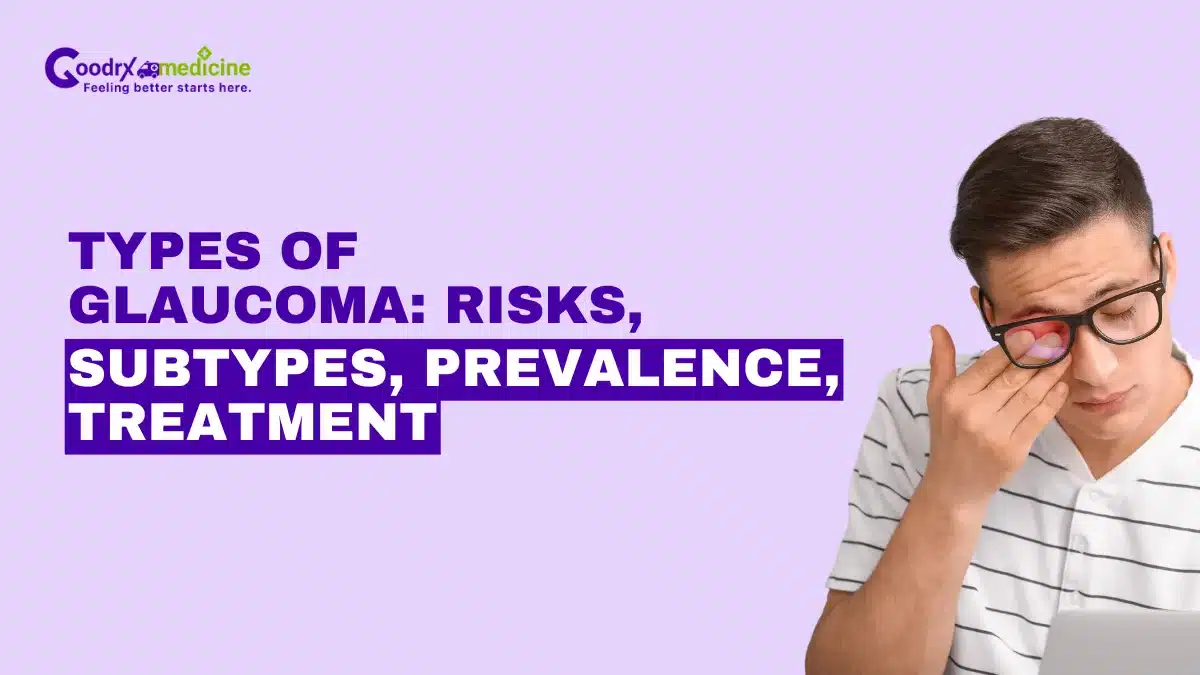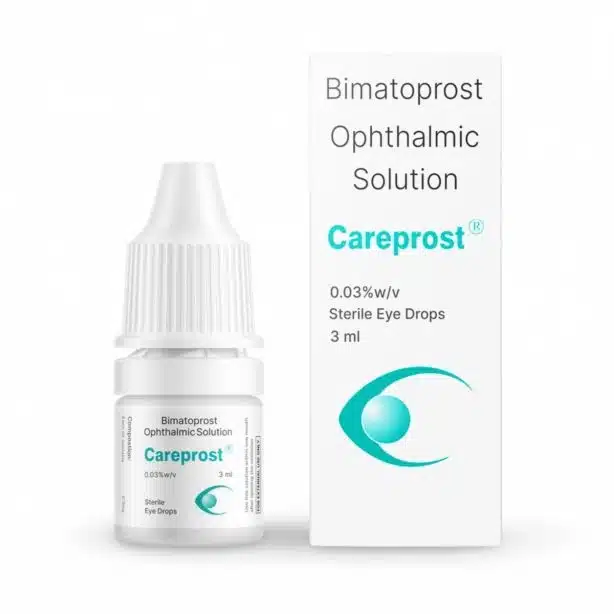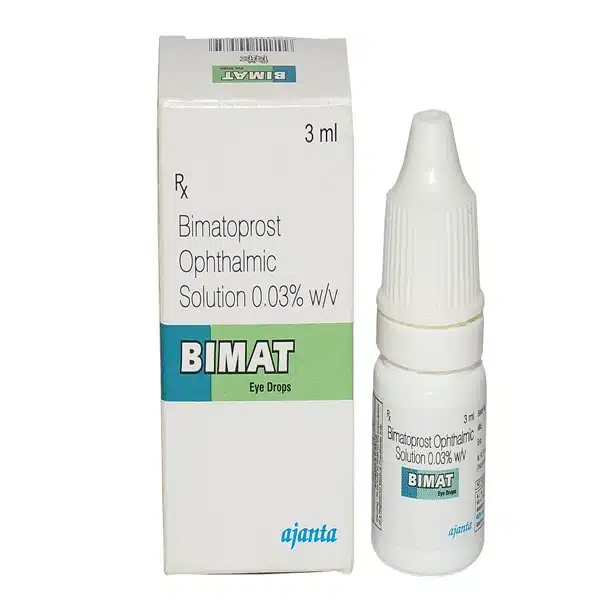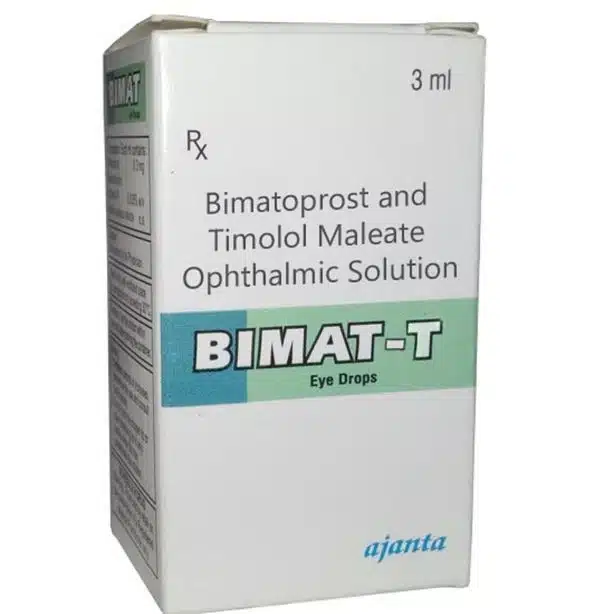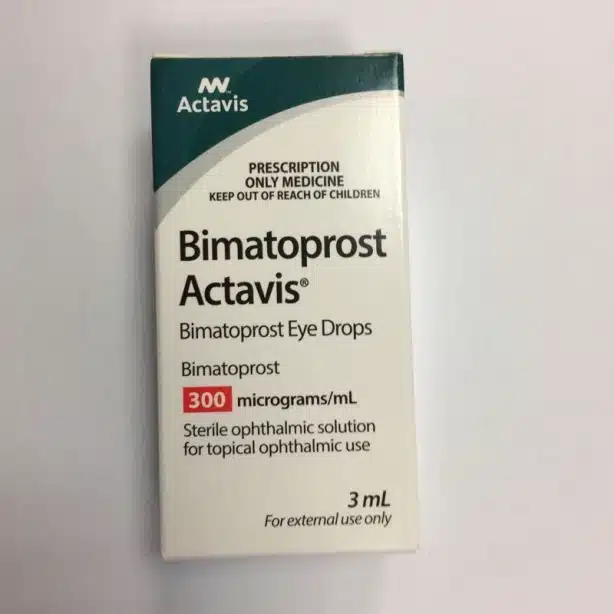Glaucoma is a group of eye conditions that damage the eye’s optic nerves and is the second leading cause of blindness. Often recognized as the ‘silent thief of vision,’ it affects people of all ages. Different types of Glaucoma may have distinct symptoms and treatment approaches that have to be treated for normal vision.
Unfortunately, while 80 million people are affected with Glaucoma, half of them don’t even know if they are gradually progressing towards their vision loss.
Therefore, early diagnosis and treatment of the Glaucoma type that affects you become crucial. This comprehensive article discusses different types of glaucoma, their prevalence, symptoms, and treatment options.
Four major types of Glaucoma
There are many types of Glaucoma classified depending on their underlying causes, severity, and the age group it affects. However, there are four main types of Glaucoma.
These major four types of Glaucoma are:
1. Open-Angle Glaucoma (OAG)
Open-Angle Glaucoma is the most common type of Primary Glaucoma, with more than 80% of people affected by it. In OAG, the drainage channels are wide open, but the fluid (aqueous humor) does not drain out properly.
Thus, this raises eye or intraocular pressure (IOP) and puts pressure on your optic nerve, which, if left untreated, can lead to optic nerve damage and cause permanent blindness. However, it is a gradual process, and you may only feel it once OAG has caused significant vision changes.
OAG is generally asymptomatic in the early stages. However, as the disease progresses, you may start noticing vision changes.
2. Angle-Closure Glaucoma (ACG)
Angle-Closure Glaucoma, or Closed-Angle Glaucoma (CAG), is a severe but less common type of Primary Glaucoma. Although one out of 10 people with Glaucoma has this type, it is responsible for around 50% of Glaucoma-related blindness worldwide.
In contrast to OAG, which develops slowly over time, ACG is often a medical emergency as permanent vision loss can happen rapidly. Furthermore, if you have acute ACG in one eye, you are at a higher risk of developing it in the second eye. Thus, it affects both eyes.
The symptoms of acute CAG include severe headaches, blurred vision, eye redness, Nausea, and vomiting. Chronic CAG develops over time, and its symptoms include gradual vision loss, intermittent eye redness, aches, or irritation.
Also Read: For a more comprehensive understanding of these types of Glaucoma, read “Open vs Closed Angle Glaucoma: An In-depth Comparision.”
3. Congenital Glaucoma (CG)
Congenital or Pediatric Glaucoma is among the rare types of Glaucoma, affecting only 1 in 10,000 live births in the US. It tends to be present since birth and elevates eye pressure due to an abnormal drainage system.
Some common symptoms of CG are an enlarged cornea, light sensitivity, frequent blinking, excessive tear production, and watery eyes. A congenital disability in the ocular angle, underdeveloped tissues, and excessive fluid buildup inside the eyes cause CG.
Also read: To understand the difference between increased eye pressure and Glaucoma, read “Ocular Hypertension vs Glaucoma: Are They the Same.”
4. Secondary Glaucoma
Primary Glaucoma may be caused by family history, growing age, or systemic diseases. In contrast, Secondary Glaucoma is caused by an external cause. An underlying medical condition or trauma, such as eye injury, inflammation, or certain medicines, can cause it.
The symptoms of Secondary Glaucoma are often related to the underlying disease causing Glaucoma. Furthermore, depending on the causes, the symptoms of Secondary Glaucoma may appear like OAG or ACG.
Sub-types of Glaucoma
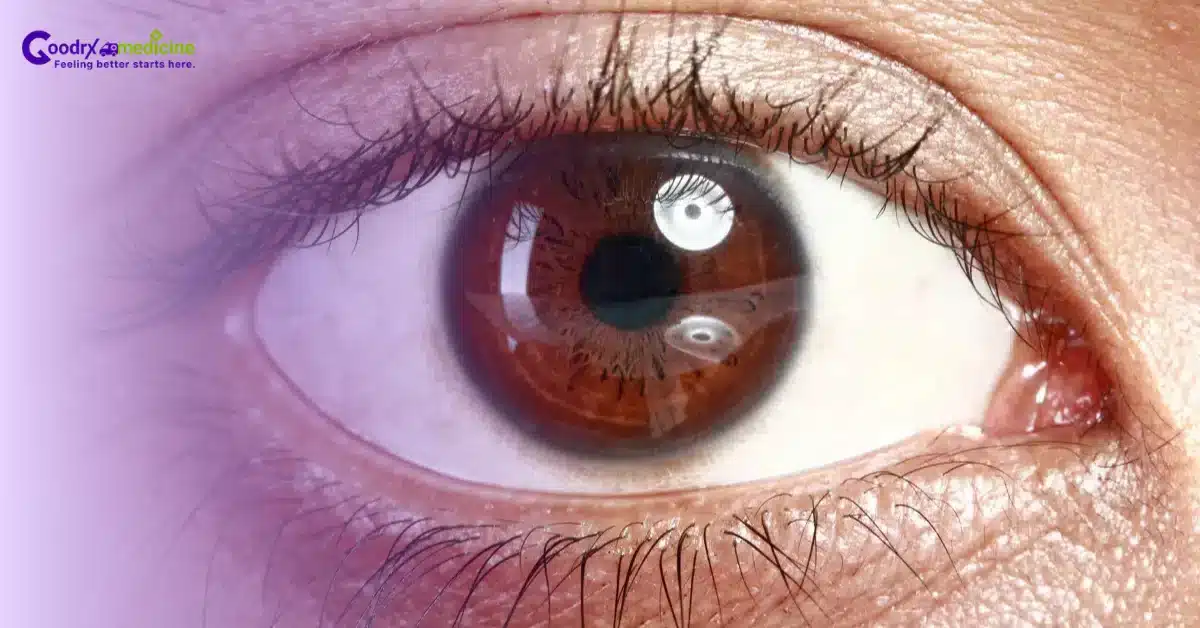
In addition to the main types of Glaucoma, there are various subtypes of this eye condition, such as:
1. Normal-Tension Glaucoma (NTG)
Normal-Tension Glaucoma is an example of Primary Glaucoma. Even if the eye pressure is normal, the optic nerve may get damaged in NTG. As the disease progresses, you may observe peripheral (side) vision loss, rainbow hues at night, and frequent changes in glass prescription.
The exact cause of NTG is unknown, but its development is linked to poor blood supply to the optic nerve. It may also be caused if the optic nerve is extra sensitive to pressure changes.
2. Neovascular Glaucoma (NG)
It is a secondary and rare type of Glaucoma. It develops due to new blood vessels forming on the iris. These blood vessels are often weak and can break, eventually clogging the drainage system.
The common symptoms of NG include red and painful eyes, blurred vision, and light sensitivity. Furthermore, the IOP in the eyes with NG is high, often greater than 50 mm Hg. The prevalence of NG has significantly increased due to the increasing number of Diabetes cases. However, it can be managed with medications and by controlling your Diabetes and the disease causing it.
3. Pigmentary Glaucoma and Pigment Dispersion Syndrome (PDS)
The eye condition is a Secondary Glaucoma. When the iris’s placement causes friction with the lens, some granules of the iris’s pigment displace and go to the front of the eye. This is called Pigment Dispersion Syndrome. If these pigments clog the drainage angle, causing elevated IOP, it is called Pigmentary Glaucoma.
The condition is more prevalent in males compared to females. Symptoms include visual loss patterns, episodes of halos, and blurry vision. Treatment for PDS is similar to OAG, including medications, laser therapy, and surgery.
4. Pseudoexfoliative Glaucoma (PXG)
It is also a Secondary Glaucoma, where tiny flakes of cellular debris or protein-like material (dandruff) accumulate in the eyes. They can block the drainage angle and elevate the IOP, leading to optic nerve damage without treatment. PXG is categorized as having the worst 24-hour IOP characteristics.
It is the most common form of secondary OAG and is more common in older people. It causes symptoms such as visual field loss.
5. Uveitic Glaucoma
This type of Secondary Glaucoma is developed directly or indirectly due to Uveitis, which causes inflammation of the uvea. Uveitis or its treatment can raise eye pressure, and if left untreated, the condition can damage optic nerves. The prevalence of Glaucoma due to Uveitis can lie between 10% and 20%.
Therefore, treating this condition focuses on controlling both Glaucoma and Uveitis. Your doctor can prescribe Corticosteroids as a first-line treatment of Uveitis. Furthermore, to reduce IOP, you have to take Glaucoma eye drops, medications, and surgeries.
6. Traumatic Glaucoma
When your eyes are injured, the damage caused to the tissues can increase your eye pressure, leading to Traumatic Glaucoma. It is categorized as Secondary Glaucoma.
All types of eye traumas have the potential to raise eye pressure and, if left without treatment, can cause vision loss. It can also develop in some cases after intraocular surgery, such as Cataract surgery.’
7. Medication-Induced Glaucoma (MIG)
About one-third of Acute Angle Closure Glaucoma is triggered by over-the-counter medicines. Topiramate is an oral medicine used to treat Migraines, neurogenic pain, and seizures. It may lead to Topiramate-Induced Angle Closure Glaucoma.
Furthermore, some medications, including Benzodiazepines, Selective Serotonin Reuptake Inhibitors (SSRIs), and Mydriatics, are also known to cause ACG.
Corticosteroids are often associated with elevated IOP. You are at a greater risk of developing Steroid-Induced Glaucoma if you have Type 1 Diabetes, ongoing Glaucoma, and have Myopia or short-sightedness.
Different types of Glaucoma treatment
While the main objective is to reduce elevated eye pressure and prevent vision loss, Glaucoma treatment often depends on which type affects you. Your doctor prescribes the best treatment based on your Glaucoma test, its severity, and the type affecting you.
For example, to treat early OAG and ACG, your doctor may prescribe you proven eye drops, such as Careprost and Lashgrow. If the eye drops don’t improve your condition, your doctor can prescribe medicines, a painless laser treatment, or surgical options to lower eye pressure.
Congenital Glaucoma is often treated with surgical options to reduce the risk of permanent vision loss. Furthermore, Secondary Glaucoma can be managed if the condition’s underlying cause is treated.
While the fear of surgical invasion may threaten you to seek treatment, always remember it is much better than losing your vision. Therefore, consult your doctor today and seek medical treatment for a faster recovery.
Conclusion
Glaucoma is a group of eye conditions that affect people of all ages, and without treatment, it can lead to permanent vision loss. There are four major types of Glaucoma, i.e., Open-Angle, Angle, Closure, Congenital, and Secondary Glaucoma. Furthermore, there are additional subtypes of Glaucoma.
Primary Glaucoma is caused by family history, age, or systemic diseases. On the other hand, Secondary Glaucoma can be caused by injury or a medical condition. Secondary Glaucoma includes Neovascular, Pigmentary, Pseudoexfoliative, Uveitic, Traumatic, and Medication-Induced Glaucoma.
The treatment also depends on the type of Glaucoma affecting you. Therefore, it is essential to consult your doctor and seek prescribed treatment. Early diagnosis and treatment may help you overcome Glaucoma and prevent permanent vision loss.
Frequently Asked Questions
What are the two main types of Glaucoma?
The two types of Glaucoma are Primary and Secondary Glaucoma. Primary Glaucoma causes elevated eye pressure due to family history, growing age, or systemic diseases. In contrast, an underlying medical condition or trauma, such as eye injury, inflammation, or certain medicines, causes Secondary Glaucoma.
What is stage 4 Glaucoma?
Stage four Glaucoma, also called severe Glaucoma, is the advanced stage of the eye condition, where damage to the optic nerve must be corrected. You should consult your doctor and seek immediate medical treatment for a faster recovery.
What is the most common type of Glaucoma?
Open-Angle Glaucoma is the most common type of Glaucoma, with more than 80% of people affected by it. It is a chronic (long-term), progressive, and irreversible optic nerve damage that leads to blindness. Consult your doctor and seek prescribed medications to protect your vision.
Which type of Glaucoma is the most serious?
Closed-Angle Glaucoma, or Angle-Closure Glaucoma, is the most severe eye condition. It accounts for around 10% of all Glaucoma cases and is responsible for around 50% of blindness worldwide. Consult your doctor and seek prescribed medications to protect your vision.
What are the different types of Glaucoma treatment?
Glaucoma treatment depends on the type of Glaucoma affecting you. In the case of Open-Angle Glaucoma and Angle-Closure Glaucoma, your doctor may prescribe eye drops, laser treatment, or surgery. Your doctor prescribes surgery for Congenital Glaucoma, and for Secondary Glaucoma, your doctor treats the underlying cause of Glaucoma.
When referencing outside resources, GoodrxMedicine always provides full citations. To learn more about the measures we use to maintain the quality of our content, please review our Content Information Policy.



